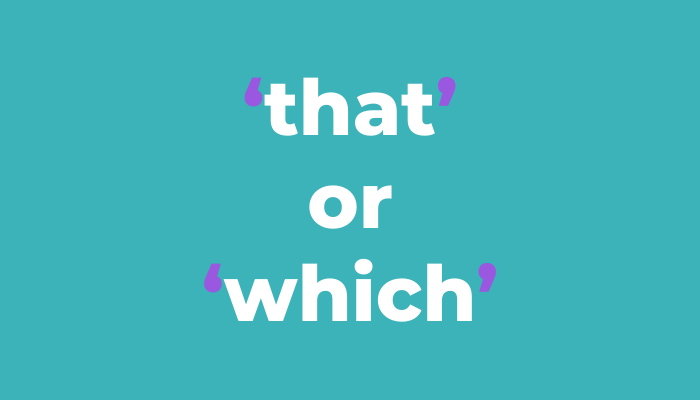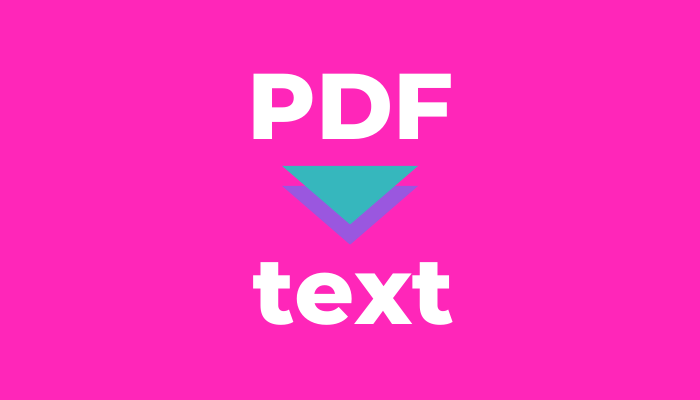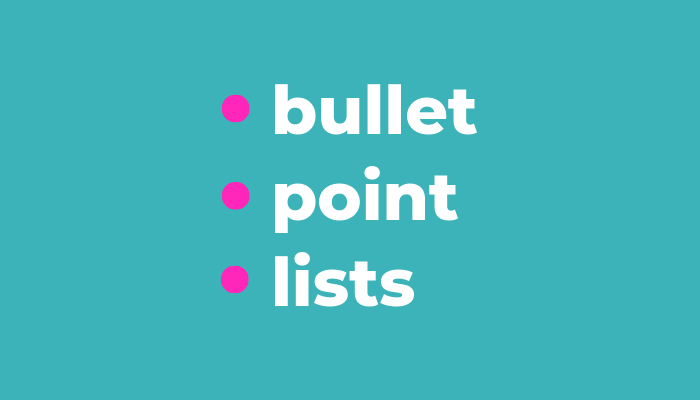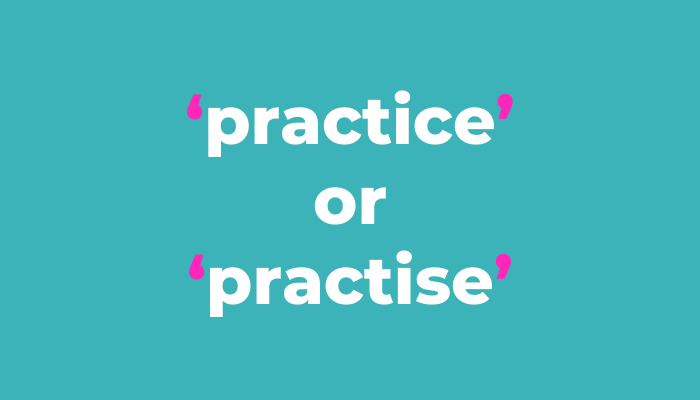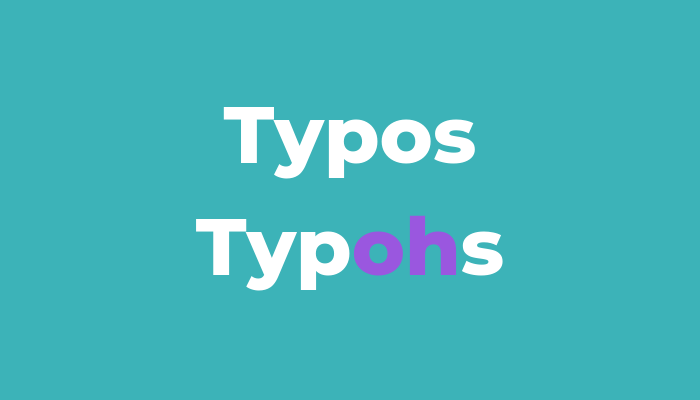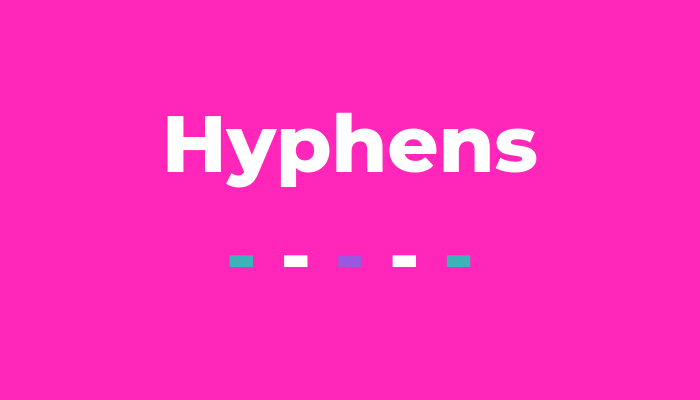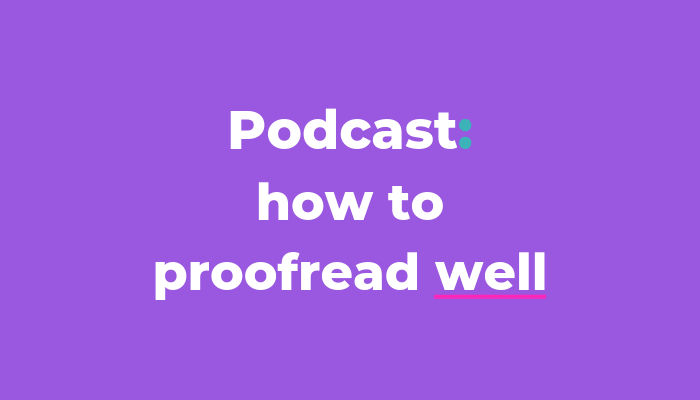10 common inconsistencies in your marketing copy
The other day I worked my way through a year’s worth of my clients’ copy to find the most regularly confused words. As I scrolled through industry reports, guides, white papers, web copy and even fashion product listings (that pink’s not fuschia – it’s fuchsia!), those confusable words and accidental typos weren’t the only things that popped out.
They were scattered between plenty of other edits. Little discrepancies that had slid on in unnoticed.
I’ve listed those ten common inconsistencies in your marketing copy so you can catch them too.
What are inconsistencies?
Inconsistencies in our copy are where we’ve used something in more than one way.
Maybe the spelling flits between the UK pyjamas and US pajamas, or some dates might be written as 1 April 2020 and others as 1st April 2020. Perhaps a product name is incorrectly abbreviated a couple of times in just one of the paragraphs in that juicy ABM content for your client – the paragraph a colleague put together for you. And there’s a difference between straight and curly quote marks but both may be dotted across your work.
Spellcheck won’t always catch these issues if they’re not actually an error. Grammarly does, but only if you pay for their premium version. If you’re using free writing or proofreading tools, they might not be checking for inconsistencies in your copy.
Reputation and readers
Proofreading’s not just about spotting a too/to tangle, catching accidental ‘things are busty here’ mistypes or making sure a whole paragraph isn’t in there twice.
Continuity is an equally important part of your proofreading quality control. And it takes time.
You want your new and needed clients to trust your content so they trust your brand. And that brand image is built and communicated by your audience. It’s how your business makes them feel. (Like that 2001 Steps song but without the corsets. They were quite the rage in Miss Selfridge after that.)
You’re not creating content for the fun of it. You’re creating content to make sales.
You’ve crafted your copy to take your reader on a journey, to elicit a specific emotional drive. A drive to make a purchase. But if their attention is diverted? It’s hard to get them back to that receptive state.
Inconsistencies distract your audience from what you want them to do. And you want them to buy or buy in.
Marketing copy inconsistencies
Inconsistencies in and across your marketing materials tend to happen for two reasons: research and collaboration.
Say you’re writing an article on imposter syndrome that’ll be printed in an industry magazine. You’ve typed up your own thoughts, gone deep into the research, copied notes from a few websites and asked a couple of colleagues to email you their own impostor experiences.
You craft and hone and zip it up into an informative piece of content. Your name and knowledge will soon be in the hands of your target audience and competitors.
But did you notice that both imposter and impostor had been used?
Two words, one meaning and both perfectly acceptable in British and American English. So there’s no typo. Yay! But there is a distraction. Boo.
Style(ish)
We have our individual writing styles too. The Oxford comma? I can’t stand the thing unless it’s needed for clarity. But if that’s your company style, I’ll be sure those commas are exactly where you want them.
If you’re working on copy from different contributors you’ll end up with a mix of styles in there. And if you’re so focused on proofreading for typos and extra or missing words, you and your team might not notice the inconsistencies that slip through.
But they do.
When you’ve heavily invested time and money in researching and writing your campaign copy, you don’t want to risk your readers spotting your oversights once it’s launched.
So let’s get shot of them!
Common inconsistencies in your marketing copy
When your attention’s being yanked all which ways, where do you start? You need structure. And a style guide. But we’ll get to that later.
I’ve broken down the inconsistencies I’ve found across a mix of content. Use the find [CTRL+F] or find and replace [CTRL+H] tools to track down these distractions before they reach your readers.
Here are the inconsistencies that cropped up most often. Make a choice and know why you opted for that choice in case anyone queries it.
Spellings
Some words have two perfectly acceptable spellings because English is wonderfully contrary like that. It tends to be down to a UK/US divide. Although, not always. And as we read more from both sides of the Atlantic, we’re starting to use them a little more freely.
You might find that the British or American version doesn’t look right to you even though that’s the language you’re writing in. It’ll depend on what you’re writing and who you’re writing it for. There’s international English to consider too.
The UK and US split below is a guide as it might not be the case for you. As both words are accepted variants, pick the one that seems most appropriate and stick with it.
1. Adviser or advisor?
UK: adviser
US: advisor
2. Towards or toward?
UK: towards
US: toward
It’s the same with forwards and forward.
3. Whilst or while?
UK: whilst is more common here BUT… while is more conversational and used more by copywriters as it’s less like you’ve written it lounged in a smoking jacket.*
US: while
It’s the same with UK writers preferring among over the pipe-puffing amongst.
*I personally prefer whilst as that’s how I speak. It’s not because I’m wonderfully contrary, it’s because I’m northern. In Yorkshire while also means until. But I try to use while in my marketing copy so I don’t sound like I’m flapping around in that smoking jacket. Not that I would. They remind me of dressing gowns and dressing gowns have spiders in the pockets.
Names
4. Company and product names
I regularly see switches in both capitalisation and abbreviations.
If your business is 6BiteMedia, do any spaces sneak in or are capitals missed? And if you shorten it to 6BM, use it in full first then shorten it through the rest of your copy.
Maybe your client is called Pretty Nifty Proofreading Company. Do they abbreviate it to Pretty Nifty Proofreading Co, maybe PNPC or even PNP Co? Do they abbreviate it at all? Keep an eye out for a capitalised ‘The’ that isn’t part of the name too.
Punctuation
5. Hyphens or dashes?
Here’s a hyphen /-/
Hyphens join words, or parts of words, together so they form one compound word.
The hyphen in compound nouns is the one I edit most often. Compound nouns are when two separate words are hyphenated. They might gradually become one word, like the change from electronic mail to e-mail to email. There was even that capitalised E-mail. Ack!
Keep an eye out for whether you choose to hyphenate words like e-commerce and e-book or not. And watch out for capitals wiggling their way in here too.
Here’s an en dash: /–/
It can be used to show an inclusive ‘from and to’ range.
Example: working from home isn’t always a 9–5 thing.
They can be used in pairs with a space either side instead of commas or brackets too.
Example: working from home – the new normal – isn’t always easy.
Not everyone knows the difference and so a hyphen gets used. Ideally it’d be changed to an en dash, especially in print and PDFs. But as long as you use the same symbol consistently, it’ll look smooth.
Here’s an em dash /—/
These dashes are used in pairs like the en dash but without a space either side. But the UK has moved to using the spaced en dash above, with the US preferring this wider dash. If you’re writing in UK English, it’s unlikely you’ll need these in your marketing copy.
Here’s more on hyphens and the en and em dash.
Important thing! Dashes can be a bit fiddly to use online.
Sometimes standard website text blocks don’t like dashes. It might change them to a hyphen or a different symbol. An em dash seems to convert to ¾ for me.
When I wrote those two blog posts above a year ago, I had to use HTML code or markdown blocks for the sections with dashes in. They worked just fine in this post though.
6. Ampersand or and?
The ampersand ‘&’ symbol is only needed in the main body of your copy if it’s part of a specific brand/product/company name, like Marks & Spencer.
You might want to use them in headings, you might not. If you do, it’s more about style. The & symbol suits short and punchy text. The full ‘and’ is the one to go for in headings that read like full sentences.
Headings
They may not have many words, but I regularly amend headings as they end up with a mix of styles…
7. Capitals
Sentence case headings are seen as more casual and suit the nature of B2B and B2C copy. It’s when there’s a capital at the start of the sentence and the rest of the words are lowercase. I’ve used sentence case.
If the main words in the heading were capitalised that’d be title case. It’s deemed more formal.
8. Punctuation
As we tend to write headings in sentence case, so only the first letter’s capitalised, it’s tempting to add a full stop at the end as we would in a normal sentence. It’s not needed.
The only time you might want to use a full stop is if you’ve included a comma or colon in the heading.
Numbers
9. Words or numerals?
Most style guides I’ve used spell out the numbers one to nine then use numerals from 10 onwards. You can spell out ten then use 11 onwards if you prefer.
Whichever you decide, make sure your style guide clearly states how the ten/10 should be used. I’ve been sent a couple of guides that aren’t explicit and the examples they give don’t include the ten. Vague isn’t fun.
10. Commas
Decide at what point you want to include a comma in your figures. Some add them in at four digits from 1,000. Others use 1000 then start the commas at five digits from 10,000.
Got a style guide?
Follow it! If it needs updating, update it. If you once heard whispers of a document but it’s not been mentioned since, find it. It’ll make collaborating with colleagues, freelancers and clients so much easier.
If you’re working in a team, let them know before you tinker with it. It’s best to chat through what you want to add and why, as well as any decisions you want to update. There may be specific reasons behind those choices they made.
Don’t have a style guide?
Make one! They’re nothing fancy. Unless you want it to be.
It’s simply a document listing the important rules and style preferences. Everyone involved can then follow it to keep the copy consistent whoever’s doing the writing.
A style guide makes the writing and editing process smoother and more efficient. It’ll reduce queries, double-checking deliberations and unnecessary to-and-fro faff.
If one of my clients doesn’t have a style guide, I create a draft as I proofread their copy. I drop my notes in a document as I work my way through. The notes are usually a mix of styles I’ve spotted, decisions I’ve made with the reasons why plus any guidance they mentioned when we kicked off the project.
After I’ve proofread the work, I write up the notes as a sleek style sheet and send it over with their completed copy. They can use it as they create more content. And I refer to it when they send their next project over to me.
If you need somewhere to save the style choices in the meantime, pop them in these editable proofreading guides (aaaand you’ll have a nifty checklist to follow too)!
Style guide time savers
If you’re looking for a quick way to make a choice, these style guides have made the decisions for you!
► BBC News
A copy of New Hart’s Rules: The Oxford Style Guide and Fowler’s Dictionary of Modern English Usage are handy to have on your shelf too.
They’re all fantastic resources for when your team can’t decide which way to go or you want to present your client with a definitive answer.







